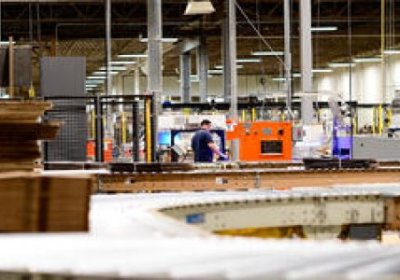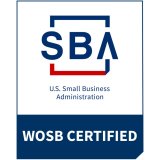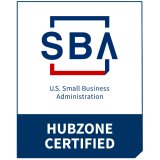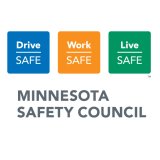


What is NRR or Noise Reduction Rating?
The Noise Reduction Rating (NRR) is a laboratory-derived single-number rating designed to characterize a hearing protector's noise reduction capabilities. When first introduced in the 1980s, the NRR was intended to be used as a tool to estimate the amount of protection provided by a hearing protector. Many years of scientific study and user experiences have shown that the NRR is not well-correlated with real-world performance. For this reason, although the NRR is still required by the EPA for labeling purposes, few professionals place much importance on the measure. A more accurate estimate of field performance of a hearing protector can be provided by Individual Fit Testing. This personalized test is performed under typical wear conditions and results in a Personal Attenuation Rating (PAR) for each worker.
To learn about the NRR, PAR, and other important considerations for choosing hearing protectors for your workforce, check out these additional resources:
- What is NRR - Deep Dive
- Understanding an NRR label
- Is a higher NRR always better?
- Personal Attenuation Rating (PAR) - What does it mean and how is it derived?
- Why do OSHA formulas require us to subtract 7 dB from the Noise Reduction Rating (NRR)?
- Does OSHA require companies to divide the Noise Reduction Rating (NRR or NRR-7) in half?
- Calculator: Maximum allowable noise exposure







